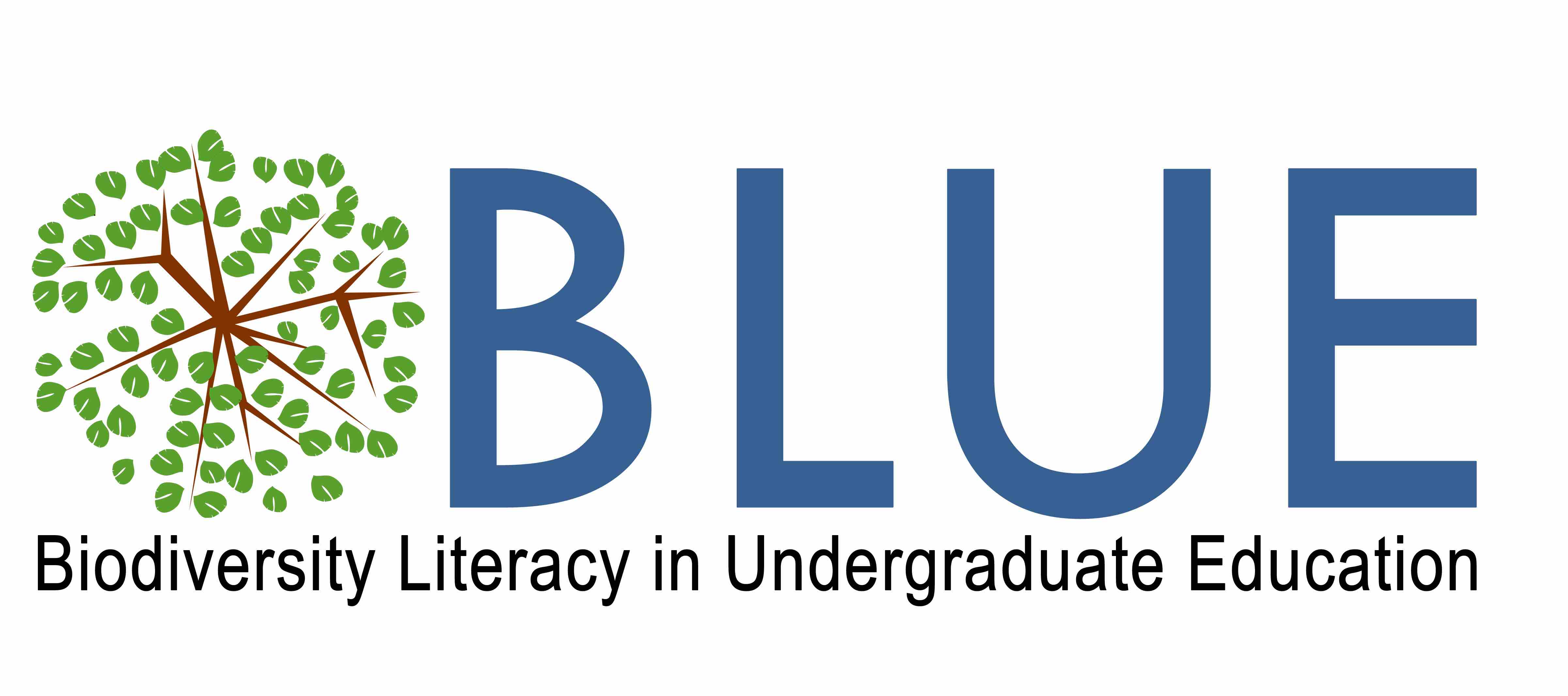Searching for disability as biodiversity in digitized natural history collections
Author(s): Kaitlin Stack Whitney
Rochester Institute of Technology
1610 total view(s), 1893 download(s)
Assignment 2.pdf(PDF | 237 KB)
Lab Activity.pdf(PDF | 498 KB)
Pre-reading and Assignment 1.pdf(PDF | 272 KB)
Reading and Discussion.pdf(PDF | 111 KB)
- iDigBio Home | iDigBio
- GBIF
- Biodiversity Heritage Library
- Environmental History Now – A Platform on Representation, Engagement, and Community
- Book Page : Nebraska Press
- Data is the New Science - Modified and combined with Following the Data Module (v1.0)
GBIF User Guide-Monfils et al 2019.pdf(PDF | 558 KB)
IDigBio User Guide-Monfils et al 2019.pdf(PDF | 761 KB)
- License terms
Description
In this module, we're reading about, researching, and discussing on disability and bodily difference in nonhumans - and how those representations and discusses reflect back on human values, human bodies, and human cultures. As is true in many of our conversations, the nonhuman is never separate from the implications for humans - how we discuss this topic matters. As a class focused on biodiversity in all its forms, it's critical to remember to respect the experiences, identities, and pluralism of everyone in our classroom and on campus - in alignment with campus policies and the course topic.
This module includes activities that can be together and discussion based with pre-assignment work at home, partner or small group activities, or completely asynchronous and remote. This module originally was being used in a blended format but then went fully online, remote and ascynchronous for COVID-19 in Spring 2020. This is a module for an upper level / graduate nonmajors Environmental Studies / Science Studies course "Biodiversity and Society" taught by Dr. Kaitlin Stack Whitney. This module has been classroom tested and could be appropriate for a range of courses, majors, and year/grade level- especially with adjustments in the assigned reading. There's a pre-assignment activity period (could be remote or in class), there's a lab activity (could be remote individually, as is it here- or in pairs together in a computer lab or classroom), and a discussion activity with reading (could be online or together in person).
Notes
This version is current as of March 2020 for its first classroom deployment. It will be updated once it is taught again, likely in 2021.
Image Source: "White Tiger Variation6" by Fotografik33 - www.fotografik33.com is licensed under CC BY-NC-ND 2.0
Cite this work
Researchers should cite this work as follows:
- Whitney, K. S. (2020). Searching for disability as biodiversity in digitized natural history collections. Fall 2019 BLUE FMN, QUBES Educational Resources. doi:10.25334/BC3C-BK60
